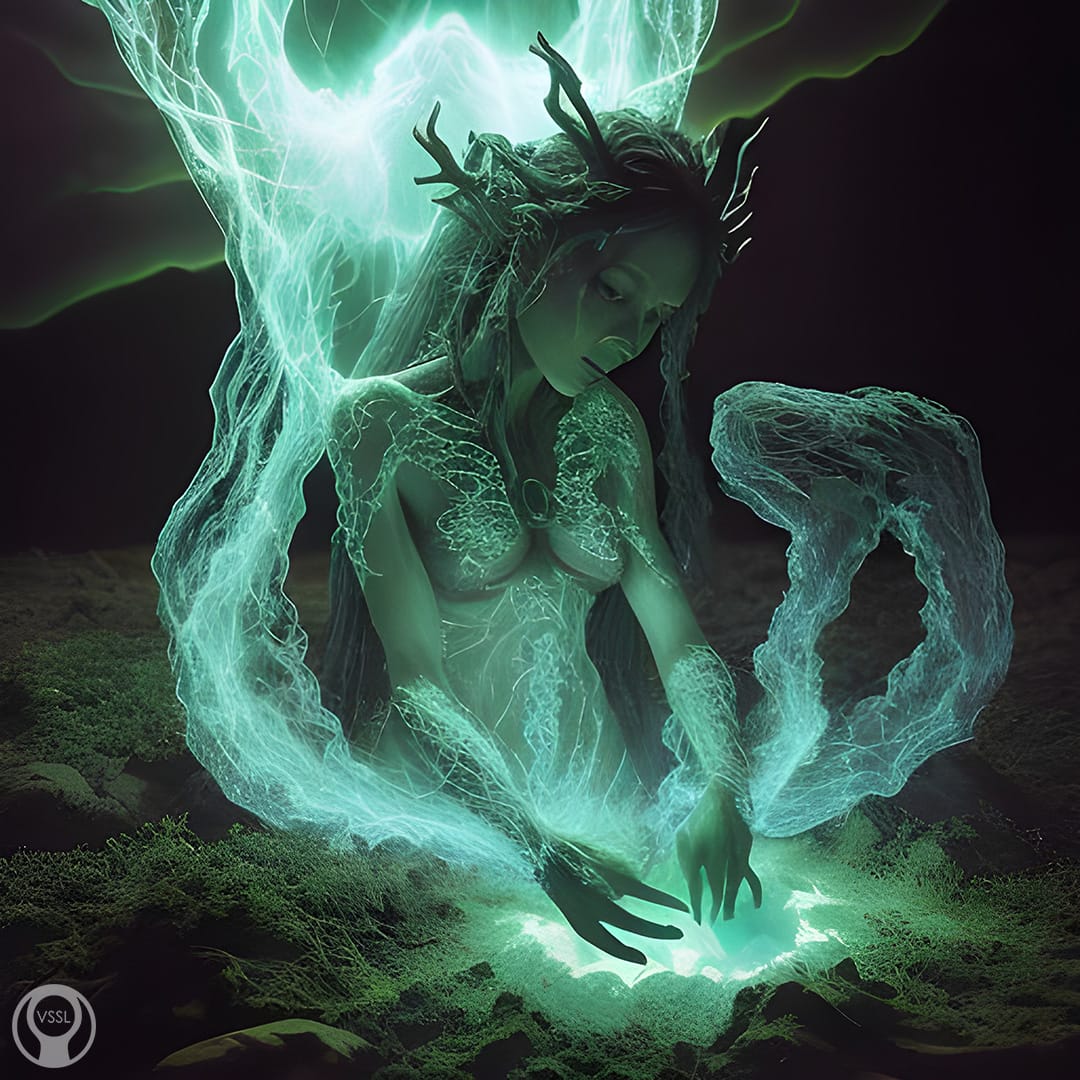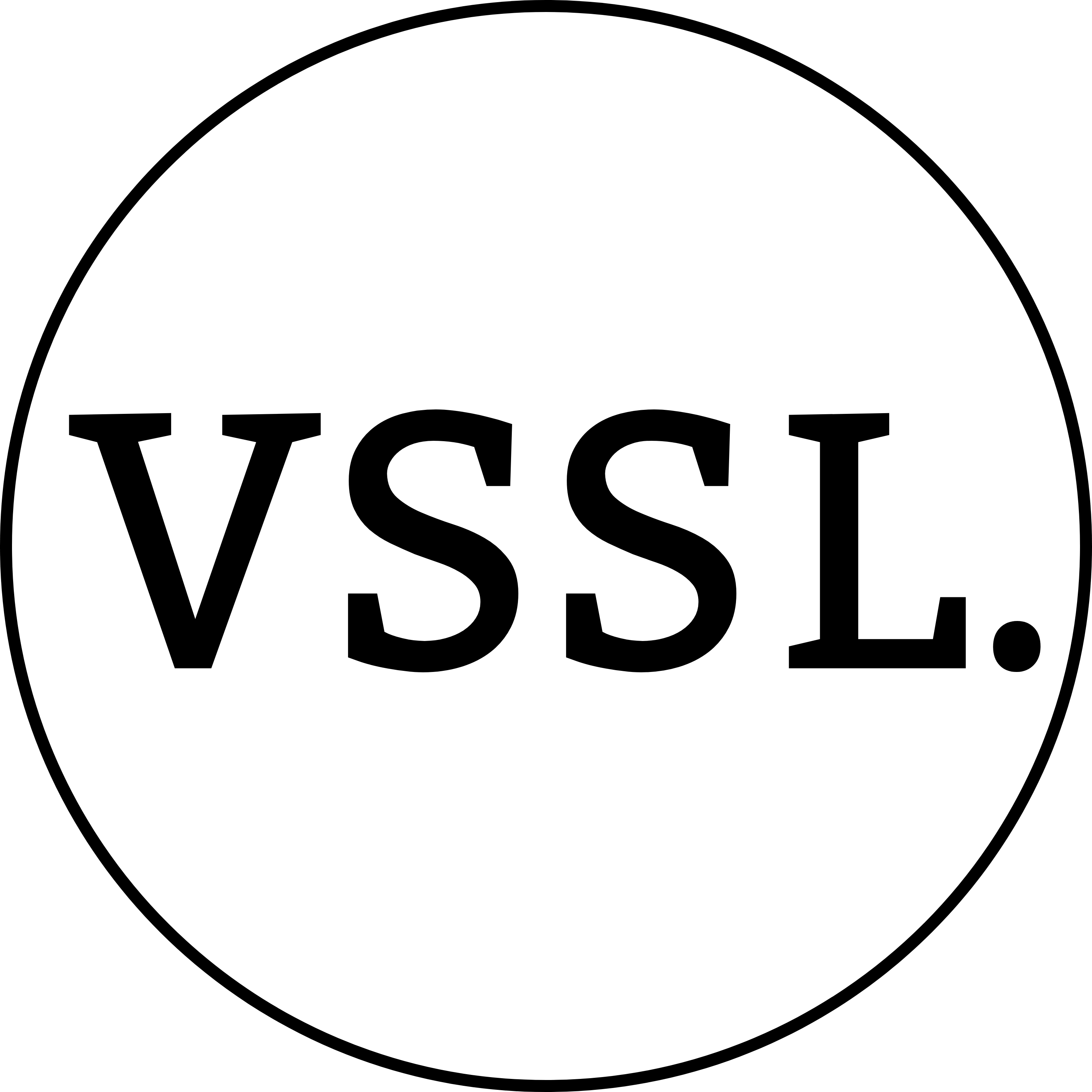Parts of Self and Spirit Relations
A guide to parts of the self and spirit relations that one may need to discern in coming to "know thyself."

Internal parts of the self

- Emotional states - Accumulated emotions that have formed a state that one can enter into under certain conditions and that can be engaged or conversed with.
- Ego states - Parts that become frozen due to interrupted or unresolved emotional states that often correspond to a particular age or situation. This includes child parts that are not formed as alters.
- Alters - Parts that are split off during extremely traumatic events to deal with the experience of, memory of, or resulting cognition about that event. Can apply to multiple and/or ongoing events. Often play different roles or have varying personalities, characteristics, and/or ages. May interact with the system in various ways, such as co-fronting, switching completely, amnesia, or dormancy. In systems created through ritual abuse especially, may have roles such as turning on particular programming, controlling information sensitive to the abusers, or resetting the system. In some cases there may be different versions of alters or levels, or further splitting.
- Fragments - Parts that are not fully split like alters, but may belong to the system or to a particular alter. May be formed to aid in internal self talk or hold strong feelings. Can overlap with emotional states and ego states.
External parts of the self

- Higher self - A self that transcends and provides continuity across individual lifetimes in this dimension, from which individual lifetimes emanate. May make decisions for the self in the in-between before a new lifetime is born. May present characteristics of the first or an early lifetime. Often serves as a guide for the person, which may require developing a relationship with the higher self or requesting guidance. Can have varying levels of involvement. Related to but distinct from the true self.
- True self - A self that transcends dimensions from which higher selves emanate. Aggregates experiences and lessons across lifetimes and dimensions. Often less directly involved in individual lifetimes.
- Past-life selves - Selves from past lifetimes, which may or may not be aligned with the person's current perspectives and values. Some are closer to the surface, such as if they had a large effect on the person's current characteristics or lifetime, or if they were more recent. Some may need to be intentionally called up to be connected with. Can still affect the current lifetime's karmic path and connections to spirits that have persisted across lifetimes. Information about these can be accessed through methods like past-life regression. Can be in various levels of spiritual development. May or may not be beneficial depending on how they align with the person's best interests and current lifetime.
- Interdimensional selves - Selves that emanate from the true self and different higher selves in different dimensions. May or may not present as human. May be located further forward or back in relation to our timeline. May be closer to or further removed from the true self than our dimension. Contact with these selves is often rare. May or may not be beneficial to connect with.
- Other versions/branches - Individuals that may or may not be within this dimension who have further split off from the main branches of the true and higher selves for various reasons. For example, may be created by the higher or true self with specific characteristics or for a particular purpose/experience.
Internal spirit relations

- Embodied spirits - Spirits or deities that are consensually invited to enter and "possess" the body, often for a boundaried period of time. Can range from spirit presence to full body control. Often in the context of ritual for things like healing, communication, workings, or energy exchange. This is best done after initiation by experienced practitioners with well-trusted spirits, preferably with mentorship or training.
- Dwelling spirits - Spirits or deities that are embedded in and consensually inhabit the body, parts of the body, and/or the person's inner world on a long-term basis. May have a range of influence. Often for a specific purpose like empowering the carrier to complete certain duties, or providing close long-term guidance while circumventing other interference. This is best done after initiation by experienced practitioners with well-trusted spirits. May require special ritual work to complete. This applies to walk-ins, which are sometimes present from birth.
- Possession - Spirits that inhabit the body without consent and/or awareness. May feel like something foreign trying to "take over," distinct from switching with alters. May have a range of influence (e.g., "hand shaking" or involuntary movements, taking over momentarily, full body control, suppressing or ejecting body owner's spirit). May involve haunting or harassing activities. Can sometimes pose as beneficent while feeding or doing things that are not in the body owner's best interest, hence the need for caution when embodying spirits. Can be inadvertently invited in or exacerbated by incautious substance use, ritual work, or deal making. May have various motivations, including feeling that the owner owes them to such a degree.
- Trapped spirits - Spirits that exist in the inner world of the person while captive, without the spirit's initial consent. Can have originated from a past life and persist over multiple lifetimes. May have resulted from nonconsensual magick use involving death or ghostly spirits. Includes bound spirits that have been internalized. Not always malevolent or in conflict, but may cause imbalances.
- Visiting spirits - Spirits that are temporarily in the inner world of the person, with freedom to come and go, usually with mutual consent and invitation. May have direct access to the inner world. May or may not be beneficial.
Other external sources that can be internalized

- Introjects - External people or ways of thinking that have been internalized, often in a personified form. Can be someone the person knows (e.g., parent, abuser) or someone the person knows of (e.g., famous figure). Can be internalized as an alter's personality in some cases (e.g., persecutor alter that has traits of an abuser).
- Fictives - Introjects based on fictional sources, such as a character from a movie or book. Can be internalized as an alter's personality in some cases.
- Programming - Executable steps, behaviors, thoughts, or actions that are intentionally placed as a program in a person to control them and that can be triggered to run. May be formed in a sequence, or layered with other programs. Can be triggered by certain conditions or actions, by an alter if particular criteria are met, or external stimuli like auditory tones, code words/phrases, or particular types of touch. Often placed by abusers whether as part of an organized cult or not. May be placed by baneful magick to run as part of a hex, or can be programmed by nonhuman beings or spirits. Can take visual or other energetic forms, such as a mass, entity, or implant.
- Conditioning - Similar to programming, but introduced through repeated behavior or exposure to form neural pathways and reactions. Can create acceptance, tolerance, and even desire for a state of emotion/being or way of thinking. Can work in complementary ways with programming. Not always done in as intentional and specific a manner as implanted programming. For example, may involve being conditioned to seek out and tolerate abusive behaviors or relationships due to the environment in which a person grew up, but without abusers specifically and intentionally programming the person to do that. On the other hand, can be done with a degree of intention as part of an array of abuse methods, such as lovebombing, gaslighting, or grooming.
External spirit relations

- Ancestral spirits - Ancestors can come from this or past lifetimes. Blood or spiritual connections facilitate greater access to communicate and interact with a person. May have useful information or aid with magickal or energetic workings. Depending on the spirit's perspectives and spiritual development, may or may not align with a person's current best interests.
- Tulpas - Existing spirits or manifested forms that have been invited to be in some sort of relationship to the person (e.g., friend, romantic partner). May take on or match characteristics projected by the person as desired. May or may not be beneficial.
- Intrusive thoughts/voices - Uninvited and often unwelcome thoughts or voices. Distinct from internalized ways of thinking or personal thoughts. May mask as a person's inner thoughts, pose as another known and trusted spirit, seem to come from an external object like a mirror, or be obviously foreign. Can include insults, threats, encouraging self-harm or violence, uncharacteristic racist or sexist thoughts. Can include dictating instructions or overwhelming influence to behave in certain manners (e.g., impulsive sexual acts). May come from harassing or malevolent spirits, or from beings that manipulate the simulated world and have greater access to intrude on people's thoughts. Caution may be required to distinguish these from auditory hallucinations or mental health conditions.
- Guiding or channeled thoughts/voices - Communications that may or may not be intentionally channeled from guides or that may take place with other spirits with whom a person intentionally undertakes to communicate. Can take various forms—more formal or casual, depending on a spirit's and the person's preferences and relationship. May take place with spirit guides before or after an overt invitation to work together. Connection can be deepened and strengthened through initiatory work. Often recommended to be done with protection and boundaries in place to ensure the interchange is in line with a person's highest will and good.
- Other spirit communications - Communications that may be overheard or be more incidental in nature, such as encounters with ghosts or spirits passing through.
- Spirit connections - Connections from current or past lifetimes with spirits that can facilitate access to and influence over a person. May result in the spirit being able to easier locate a person, connect with them in the current lifetime, take from or exchange energy with the person, or have synchronistic interactions with them (e.g., be someone in the person's life if incarnated). May or may not be beneficial. Includes spirit guides, ancestral spirits, others with whom a person has had working or other relationships. Can also include bound spirits that have not been internalized, spirits with whom a person has made deals, spirits that believe the person owes them a debt, spirits who want to use the person for a particular purpose, or spirits with whom there was a strong emotional or sexual connection. If the spirit has harassed the person in the past, may include nonconsensual magick or entry points used to influence and access the person.
- Summoned spirits - Spirits whose presence has been called through summoning techniques to exert control over the spirit, sometimes in a slave/master relationship. Often done to invoke a spirit to empower a ritual without freely consensual collaboration. May involve making a deal or committing to some payment with the spirit. Caution or avoidance is recommended, especially with spirits that use this type of interaction to form connections that may be manipulated or to exploit loopholes in the agreement/exchange.
- Dream or spirit sex - Direct sexual interactions with spirits in dream states or waking life. May be used to facilitate a boundaried, mutually consensual energy exchange with a trusted spirit or energy (e.g., the Source) for some purpose that is in the person's best interest—and only if the spirit consents to operate in that way and can do so in a balanced manner. Often can be used by individual spirits for energy feeding, forming unhealthy connections, or implanting programming. In waking life, can be experienced through unseen stimuli or take place via masturbation or a sexual encounter with another person. Sometimes these interactions can feel violating if they are not in a person's best interests. However, in either dream or waking states, malevolent spirits often pose as benevolent or ambiguous figures to take advantage of this type of interaction. Sexual practices can be energetically potent, which means a spirit intending harm can draw a lot of energy this way and have larger effects on a person. Caution is advised.
- Energetic downloads - Packets of information that may be transferred to a person by spirit guides or other helping spirits without direct communication. May cause the recipient to feel sleepy, enter trance, or need to meditate to better receive the transmission. Often requires some work afterwards to process and integrate the information, such as creating a painting or a piece of writing that seems to flow from this new information source.
Other external relations

- Energy exchange and/or feeding - Can happen with humans, other living beings, or spirits, consensually or not. Can take the form of different types of energy. Often consensually done for magick rituals to empower the carrying out of the desired result. May be done in boundaried manners with trusted spirits or energies for revitalization or mutual empowerment. Can happen nonconsensually in "vampiric" or intrusive interactions with humans or nonhuman beings. Can also happen through giving away one's energy without replenishing or holding boundaries. May occur—intentionally or not—in low levels through giving energy or attention to something like a piece of art, daydreaming about a celebrity, or liking a social media post. If done in a way that is not balanced, can result in symptoms of low energy, feeling drained, or energy sickness.
- Remote viewing - Can be used by humans to mentally surveil a person and retrieve information about them and what they are doing. Depending on the practitioner, person's protections, and other conditions, may vary in clarity and intensity. May cause the person being viewed to sense or see the remote viewer and their intrusion, especially if the person is sensitive and it was not consented to.
- Astral projection, dream walking - Can be used by humans to project a part of their spirit into other spaces, including into a person's vicinity or space. Can include intruding into a person's dream space, especially if the person if not using protection, invites them in intentionally or inadvertently, has an existing connection with the projector, or exits their own dream space and meets outside of it. May happen with or without consent. May be used to gather information, affect a person's surroundings, or have interactions with the person. When this involves energy exchange/feeding or sexual relations, astral presence will make the connection stronger than it otherwise might be.
Hexes, evil eye, love spells, psychic attack - Done intentionally or unintentionally with harmful or controlling effects to a person by another human or spirit. In some cases, such as hexes, may involve ritual workings. Others, such as evil eye or psychic attack, may involve sending strong emotions/intentions and energy. These can result in using/creating connections, hearing or seeing the attacker when they send the intention, or similar experiences. - Distance healing/energy work - Best done with consent or structured in a way that is not intrusive. May involve receiving energy for healing or other purposes from an energy healer and forming a (usually temporary) connection. For example, when the energy is being sent, a person may think of the healer, if they are familiar with each other, or something related to the healer.
Channeled by IYNX.

